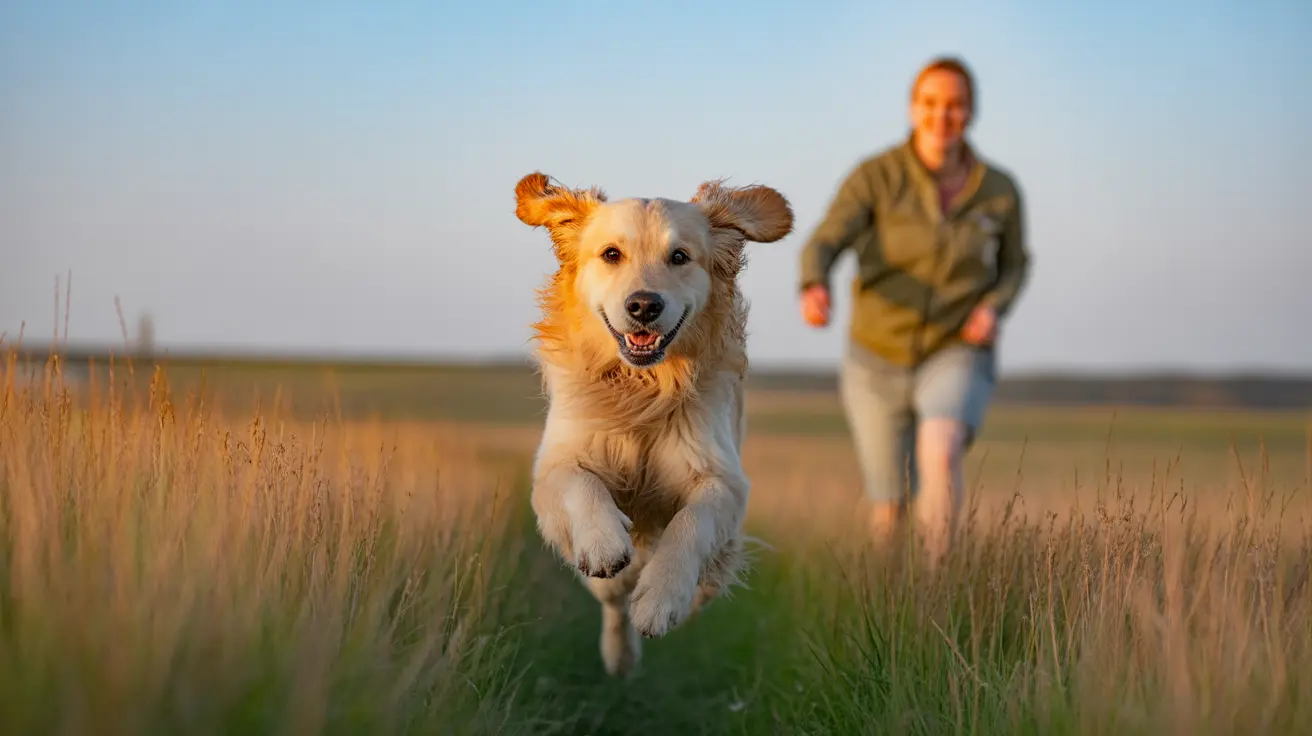Understanding the Coyote Dog Mix: The Coydog
The coyote dog mix, commonly known as a coydog, is the result of breeding between a coyote and a domestic dog. This hybrid has fascinated people for generations due to its unique blend of wild and domestic characteristics. Let's take a closer look at what makes coydogs special, their behavior, appearance, and considerations for those interested in them.
Origins and Genetics
Coydogs are not a recent phenomenon. Historically, coyotes (Canis latrans) and dogs (Canis lupus familiaris) have occasionally interbred where their ranges overlap. While such pairings are rare in the wild due to differences in breeding cycles and social structures, they do occur under certain circumstances—especially when domestic dogs roam freely in areas populated by coyotes.
- Genetic Makeup: Coydogs inherit genes from both parents, resulting in unpredictable combinations of traits.
- Fertility: Unlike some hybrids, many coydogs are fertile and can reproduce.
Physical Appearance
The appearance of a coydog varies widely depending on the breed of the domestic parent. However, some common features often emerge:
- A leaner build than most dogs
- Tapered muzzle resembling that of a coyote
- Erect or semi-erect ears
- Bushy tail
Their coat color may range from grayish or tawny hues typical of coyotes to patterns seen in domestic breeds. Eye color can also vary but often appears amber or light brown.
Behavioral Traits
Coydogs display a fascinating mix of behaviors drawn from both lineages. Because coyotes are naturally wary and intelligent animals, these hybrids tend to be more cautious than typical dogs. Some key behavioral aspects include:
- High Intelligence: Coydogs are quick learners but may be stubborn.
- Wariness: They might be aloof or shy around strangers.
- Vocalizations: Coydogs sometimes produce unusual sounds—a blend between barking and howling.
Their energy levels are typically high, requiring plenty of exercise and mental stimulation. Without proper outlets for their intelligence and activity, they can become bored or destructive.
Lifespan and Health Considerations
Coydogs generally have lifespans similar to medium-sized dogs—often ranging from 10 to 15 years. Their health depends on genetics; some may inherit robust health from their wild parentage while others could be prone to issues common in certain dog breeds.
- Routine veterinary care is essential.
- Disease resistance can vary—some hybrids may be hardier than purebred dogs.
Legal Status and Ownership Challenges
The legality of owning a coydog varies by region. Many states or municipalities restrict or prohibit ownership due to concerns about aggression, unpredictability, or ecological impact if released into the wild. Prospective owners should always check local laws before acquiring one.
Coydogs require experienced handlers who understand canine behavior deeply. They're not recommended for first-time pet owners because their needs often exceed those of standard domestic breeds.
Caring for a Coydog
- A secure enclosure is crucial—coydogs are escape artists thanks to their intelligence and agility.
- Socialization must begin early to reduce fearfulness around humans and other animals.
A diet rich in protein suits their active lifestyle best; some owners choose raw or high-quality commercial foods. Training should focus on positive reinforcement but requires patience due to their independent streaks.
Coydog vs Wolfdog: Key Differences
People sometimes confuse coydogs with wolfdogs (wolf-dog hybrids). While both share wild ancestry, there are important distinctions:
- Coyotes are generally smaller than wolves; thus, coydogs tend to be lighter-built than wolfdogs.
- Coyotes have different social structures—coydogs may display more solitary tendencies compared to pack-oriented wolfdogs.
The Role of Coydogs in Culture
Coydogs appear in folklore across North America, sometimes regarded as tricksters or symbols of adaptability. In modern times, interest persists among enthusiasts who value their unique traits—but it's important not to romanticize ownership without understanding the challenges involved.
Should You Consider Owning One?
If you're drawn to the idea of sharing your life with an animal that bridges the gap between wildness and domestication, it's vital to weigh all factors carefully:
- Your experience with challenging breeds
- Your ability to provide enrichment and security
Coydogs demand time, patience, and respect for their instincts. For most people seeking a companion animal, adopting a traditional dog breed is simpler—but for those prepared for the commitment, raising a coydog can offer deep rewards (and plenty of surprises).





